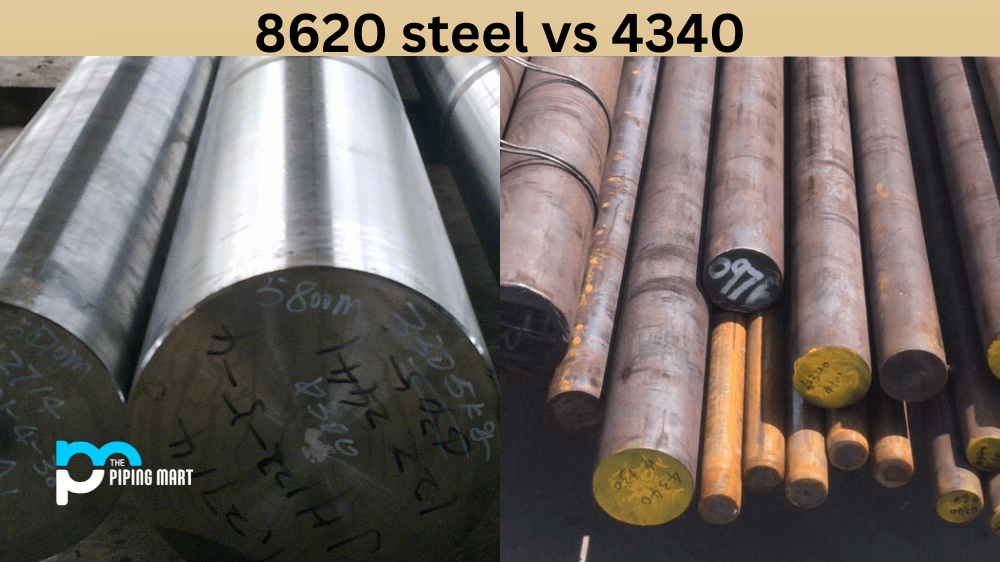Choosing the suitable material for a project is crucial as it can significantly affect product performance, safety, and costs. Choosing between A395 and A216 materials in the foundry industry can be confusing. Both materials are commonly used for casting and can meet various mechanical and chemical requirements, but they have significant differences. In this blog post, we’ll explore the differences between A395 and A216 and provide insights to help you make an informed decision.
Difference Between A395 and A216
Chemical Composition and Mechanical Properties
One of the primary differences between A395 and A216 materials is their chemical composition and mechanical properties. A395 is a high-silicon cast-iron alloy with a silicon content ranging from 2.30% to 2.75%, while A216 is a carbon steel casting alloy with a 0.2% maximum carbon content. A395 has high tensile strength and good wear resistance in high-stress applications, making it an ideal material for machine parts, brake drums, and hydraulic pistons. On the other hand, A216 has excellent toughness, ductility, and corrosion resistance, making it suitable for architectural, structural, and pressure vessel applications.
Production Process and Cost
A395 and A216 alloys are produced through different manufacturing processes. A395 is delivered through a high-pressure sand-casting process, while A216 is delivered through a low-pressure or vacuum-casting process. The high-pressure sand-casting process can accommodate more significant, more complex geometries and produce high-quality surfaces with excellent uniformity. However, it can be more expensive than the low-pressure or vacuum-casting process for A216 alloys. Like most castings, the cost of production mainly depends on the casting’s size, complexity, and volume.
Machinability and Weldability
Machinability and weldability are critical factors when choosing between A395 and A216 materials. A395 has excellent machinability due to high silicon and lower carbon content, making it easy to machine parts. However, it can be challenging to weld due to its high silicon content, leading to porosity and cracking. In contrast, A216 has good weldability and machinability, making it more versatile and ideal for parts that require welding, fabrication, or machining.
Environmental Considerations
Environmental considerations like sustainability and recyclability are becoming increasingly important in manufacturing. A395 and A216 alloys have different environmental impacts. A395 is a non-ferrous alloy made primarily of recycled materials with high thermal conductivity and low thermal expansion, making it ideal for the automotive industry. Also, it has high castability and can be easily cast into complex shapes, reducing material waste. A216 steel alloys have high recyclability, and steel scrap can be used as an alternative to virgin steel, reducing environmental impacts.
Conclusion
Choosing the alloy for casting is critical to ensure that products meet mechanical and chemical requirements for different applications. While A395 and A216 alloys have some similarities, they have significant differences that make them suitable for other applications. Understanding their chemical composition, mechanical properties, production process, cost, machinability, weldability, and environmental considerations can help you make an informed decision. They consider factors such as product performance, safety, price, and environmental impacts when choosing between A395 and A216 alloys.

Meet Bhavesh, a seasoned blogger with a wealth of knowledge and experience. From metal products manufacturing to retail, Bhavesh has a diverse background in various industries and is dedicated to sharing his insights and expertise with readers.




